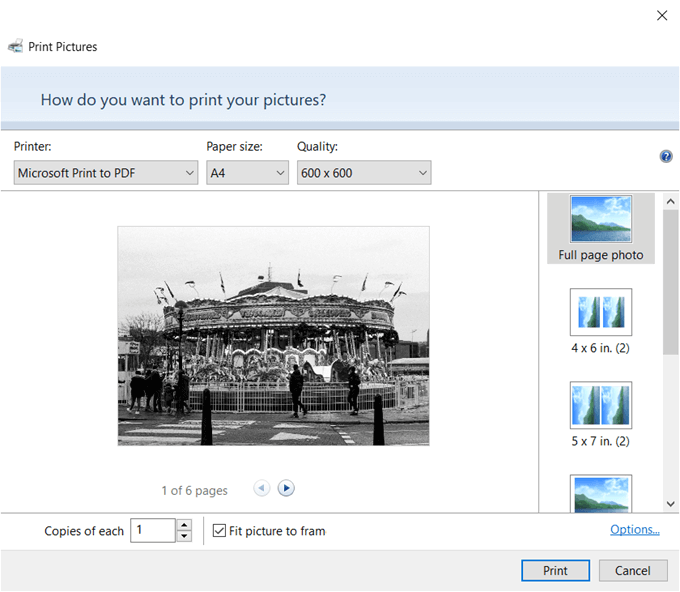

Anything 800 or over is generally considered high though every camera handles ISO a bit differently. The higher the ISO, the more likely you'll encounter digital noise and grain in your images. When taking photographs make sure your camera's ISO setting is a s low as lighting allows. If you're shooting with a phone you likely won't have a choice). (This only applies if you're shooting on a DSLR or other camera that lets you manually adjust the ISO setting. How to avoid grainy, blurry, or pixelated images 1. The best solution is to ensure that your original images are as sharp and clear as possible. Attempting to fix the images (by sharpening them in Photoshop, for example) can only do so much and may actually make things worse if overdone. There is no ideal way to fix poor-quality original images.

If your original images look grainy, blurry, pixelated, or jagged at 200%, they will look that way (or worse) in print. If you plan to order multiple copies, you should always order a single Blurb-printed proof copy first. The 200% test can't tell you if your image is too dark to print well, for example. DisclaimerĪlthough the 200% test is useful for detecting grain and blurry images, your printed Blurb book is the ultimate test. If you’re previewing a PDF we recommend using Acrobat Reader.
To view a picture at a specific percentage, in Filmstrip or Single view, click the arrow next to the Zoom box on the Standard toolbar, and select the setting you want. To change the magnification level gradually, in Filmstrip or Single view, use the Zoom slider. On Windows: using the Windows Photo app or Photo Viewer, follow the steps below to zoom in on an image. On a Mac: zoom in with Preview and follow these instructions. (But see the disclaimer and example images below). If your image looks sharp and not grainy at 200% then it should look good in print. This is a useful check for any image, but we especially recommend that you perform this 200% test on any images you convert from other sources, like a PDF or Word document or any scanned images. (If you’re uploading a PDF to Blurb, you can also zoom in on the PDF). If you have any doubts use a photo-viewing program to zoom in on your image to 200% and see how it looks. Images may look fine from a distance or when viewed on a camera or phone but only a close-up view can reveal some flaws. Remember, Blurb doesn't review your book or its content before it goes to print so make sure things look the way you want them to before you upload and order your book. The tips below will help you catch such problems. it's impossible for our tools to identify and warn you about issues like grainy or blurry images, jaggiesor compression artifacts. 
Our bookmaking tools will warn you if your image resolution isn't high enough to print well.







 0 kommentar(er)
0 kommentar(er)
